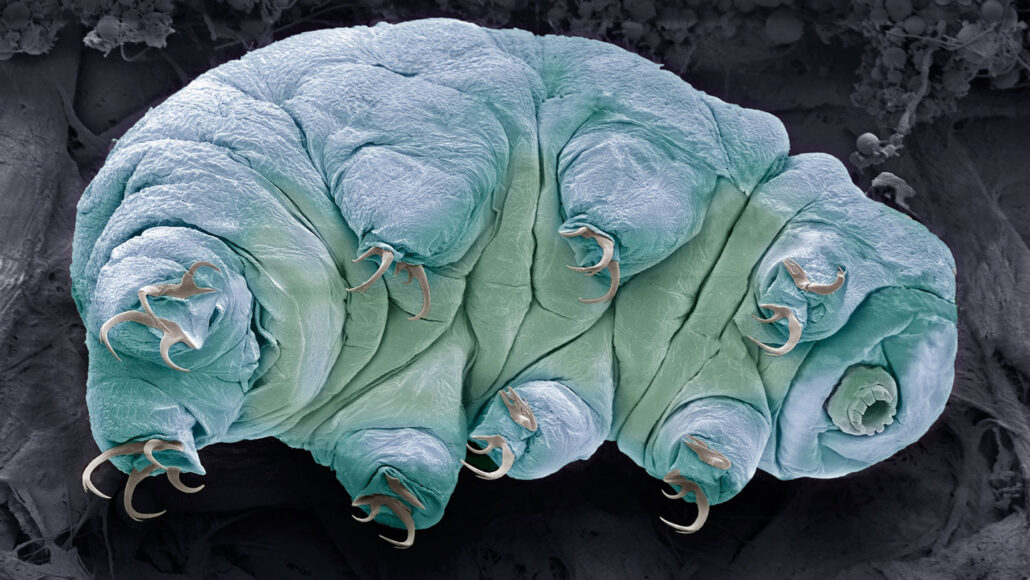Questions for ‘Living mysteries: Why teeny-weeny tardigrades are tough as nails’

Tardigrades are tiny eight-legged animals that often live in moss, lichens and soil. This one is magnified 1,000 times through an electron microscope. Amazingly, tardigrades can survive 500 times the amount of radiation that would kill a human. Scientists are starting to understand how.
STEVE GSCHMEISSNER/SCIENCE PHOTO LIBRARY/GETTY IMAGES